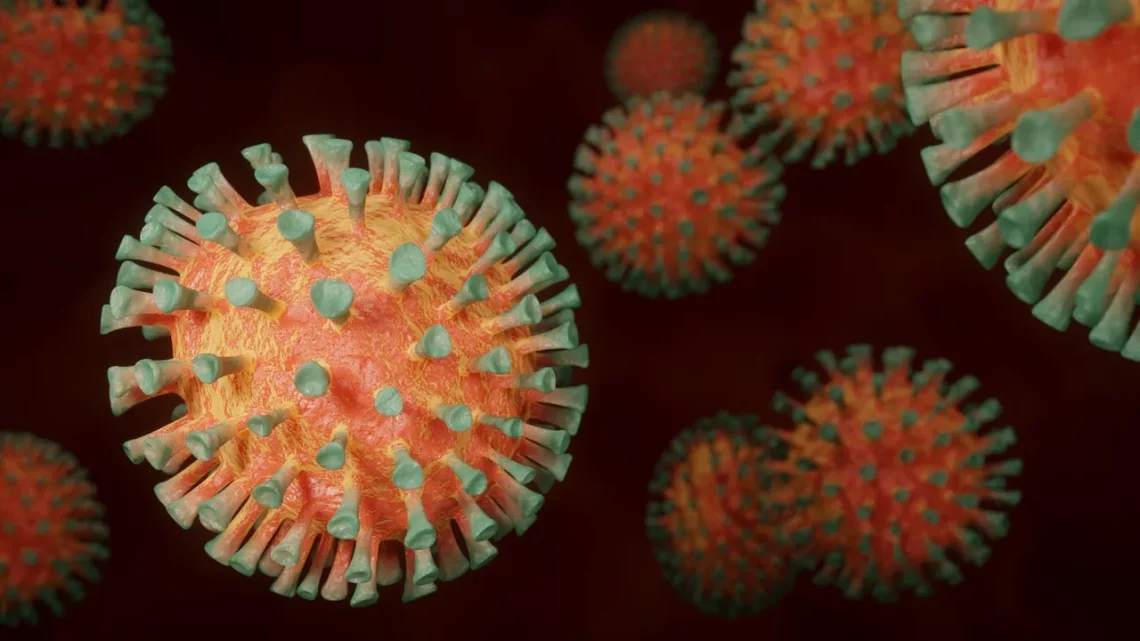
Understanding Dog Paw Yeast Infection: Symptoms and Pictures
Understanding the health of our canine companions is essential for any responsible pet owner. Among the various health issues that dogs can face, yeast infections, particularly those affecting their paws, are quite common yet often overlooked. Yeast, a type of fungus, naturally exists on the skin and in the ears of dogs. However, when the balance of the skin’s ecosystem is disrupted—due to factors like allergies, moisture, or other underlying health conditions—it can lead to an overgrowth of yeast. This overgrowth can cause discomfort and lead to more severe complications if left untreated.
The paws of dogs are particularly susceptible to yeast infections due to their constant exposure to various environments. Dogs love to explore, and their paws can come into contact with numerous irritants, allergens, and moisture. Recognizing the symptoms of yeast infections is crucial for early intervention and effective treatment. In many cases, a simple change in grooming or diet can help restore balance to a dog’s skin health. Moreover, understanding what a yeast infection looks like can aid pet owners in identifying problems early, which is vital in preventing more serious health issues.
As we delve deeper into this topic, we will explore the symptoms of yeast infections in dogs’ paws, the factors contributing to their development, and the appropriate treatment options available. By arming ourselves with knowledge, we can help ensure our furry friends lead healthy and happy lives.
Identifying Symptoms of Yeast Infections in Dogs’ Paws
Recognizing the symptoms of a yeast infection in your dog’s paws is the first step toward effective treatment. Yeast infections can manifest in various ways, often leading to discomfort and irritation for your furry friend. One of the most common signs is excessive licking or chewing of the paws. Dogs instinctively tend to lick at areas that are bothering them, and if you notice your dog focusing on their paws, it could be a sign of an underlying issue.
Another indicator of a yeast infection is the presence of redness or inflammation between the toes and on the paw pads. This discoloration is often accompanied by swelling, making the paws sore and sensitive to touch. Additionally, you may observe a foul odor emanating from the paws, which is a hallmark sign of a yeast overgrowth. This smell is often described as musty or similar to bread, which can be quite unpleasant.
In more severe cases, you may notice discharge or crusty lesions on the paws. The skin may also appear flaky or scaly, indicating a disruption in the skin’s natural barrier. If your dog is experiencing any of these symptoms, it is crucial to monitor the condition closely and consult with a veterinarian for an accurate diagnosis and appropriate treatment.
Moreover, keep an eye out for changes in your dog’s behavior. If they seem more irritable or restless than usual, it may be due to the discomfort caused by the infection. Early detection is key in preventing the infection from worsening and ensuring a swift recovery.
Causes of Yeast Infections in Canine Paws
Understanding the causes behind yeast infections in dogs’ paws is vital for preventing future occurrences. Several factors can contribute to the overgrowth of yeast on a dog’s skin. One of the most common causes is allergies, which can be triggered by food or environmental factors. Dogs that suffer from allergies may have compromised skin barriers, making them more susceptible to infections.
Moisture is another significant factor. Yeast thrives in damp environments, so dogs that frequently walk on wet grass, muddy terrain, or spend time in water may be at a higher risk. Additionally, if a dog’s paws are not dried properly after walks or baths, it can create an ideal breeding ground for yeast.
Hormonal imbalances can also play a role in the development of yeast infections. Conditions such as hypothyroidism or Cushing’s disease can disrupt the skin’s natural balance, leading to an overgrowth of yeast. Furthermore, certain breeds are more predisposed to yeast infections due to their skin structure or excessive skin folds, which can trap moisture and create a conducive environment for yeast growth.
Poor grooming practices can exacerbate the situation as well. Regular grooming helps to keep the skin healthy and free from debris, allergens, and moisture. If a dog’s paws are not cleaned and groomed regularly, it can lead to an accumulation of dirt and bacteria, setting the stage for a yeast overgrowth.
Finally, underlying health issues, such as diabetes or a weakened immune system, can also increase a dog’s susceptibility to yeast infections. Keeping a close eye on your dog’s overall health and addressing any medical concerns promptly is essential for preventing yeast infections.
Treatment Options for Yeast Infections in Dogs
When it comes to treating a yeast infection in your dog’s paws, consulting with a veterinarian is the most effective approach. After a thorough examination, your vet may recommend a variety of treatment options based on the severity of the infection and its underlying causes.
Topical antifungal treatments are often the first line of defense against yeast infections. These treatments can come in the form of creams, ointments, or medicated shampoos specifically designed to combat yeast overgrowth. Regular application of these products can help reduce the yeast population and soothe the affected areas on your dog’s paws.
In more persistent cases, your veterinarian may prescribe oral antifungal medications. These medications work to eliminate the yeast infection from within and are typically used in conjunction with topical treatments for optimal results. It is essential to follow your vet’s instructions carefully and complete the entire course of medication, even if your dog appears to have improved.
In addition to medications, addressing any underlying issues is crucial for preventing future infections. If allergies are a contributing factor, your vet may recommend dietary changes or allergy testing to identify specific triggers. Implementing a regular grooming routine can also help keep your dog’s paws clean and dry, reducing the risk of future infections.
Home remedies, such as soaking your dog’s paws in a solution of vinegar and water, may provide temporary relief and help restore the skin’s pH balance. However, it is essential to consult your veterinarian before trying any home treatments to ensure they are safe and effective.
Ultimately, prevention is key. Regular check-ups with your veterinarian, maintaining proper hygiene, and being aware of your dog’s behavior and symptoms will go a long way in keeping yeast infections at bay.
**Disclaimer:** This article is for informational purposes only and does not constitute medical advice. Always consult a veterinarian for health-related issues concerning your pet.




